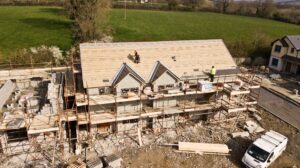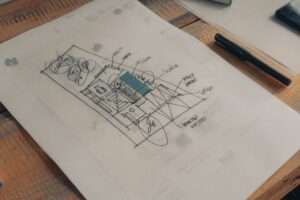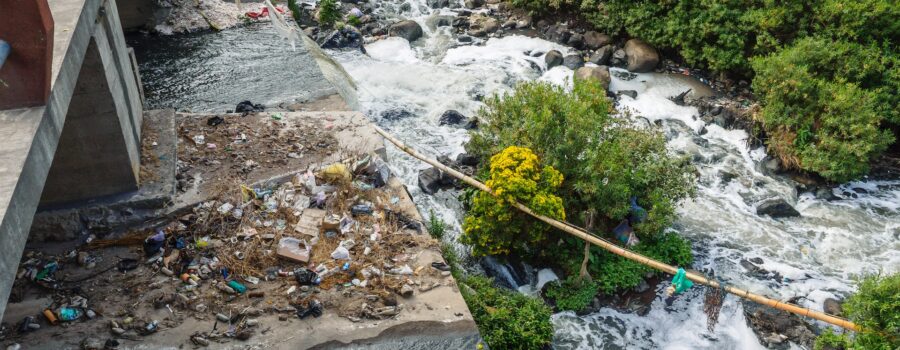
When Do You Need an NPDES Permit?
At the start of 2020, laws were passed in California that required some industrial facilities to provide the counties or cities that they’re situated in with proof that they have entered into the National Pollutant Discharge Elimination System (NPDES). This system governs stormwater discharges. Any entity that falls under these guidelines must enroll into the NPDES program before they’re given a business license. The county or city that the company operates out of is then tasked with confirming that the business in question has the necessary permit coverage.
The NPDES program is maintained and enforced by the Water Resources Control Board as well as the Regional Water Boards. This program is outfitted with a certified Notice of Non-applicability or a No Exposure Certification. These certifications can be used as NPDES permits. Before you get started on a development project of any kind, you should know what an NPDES permit is and if your business needs one.
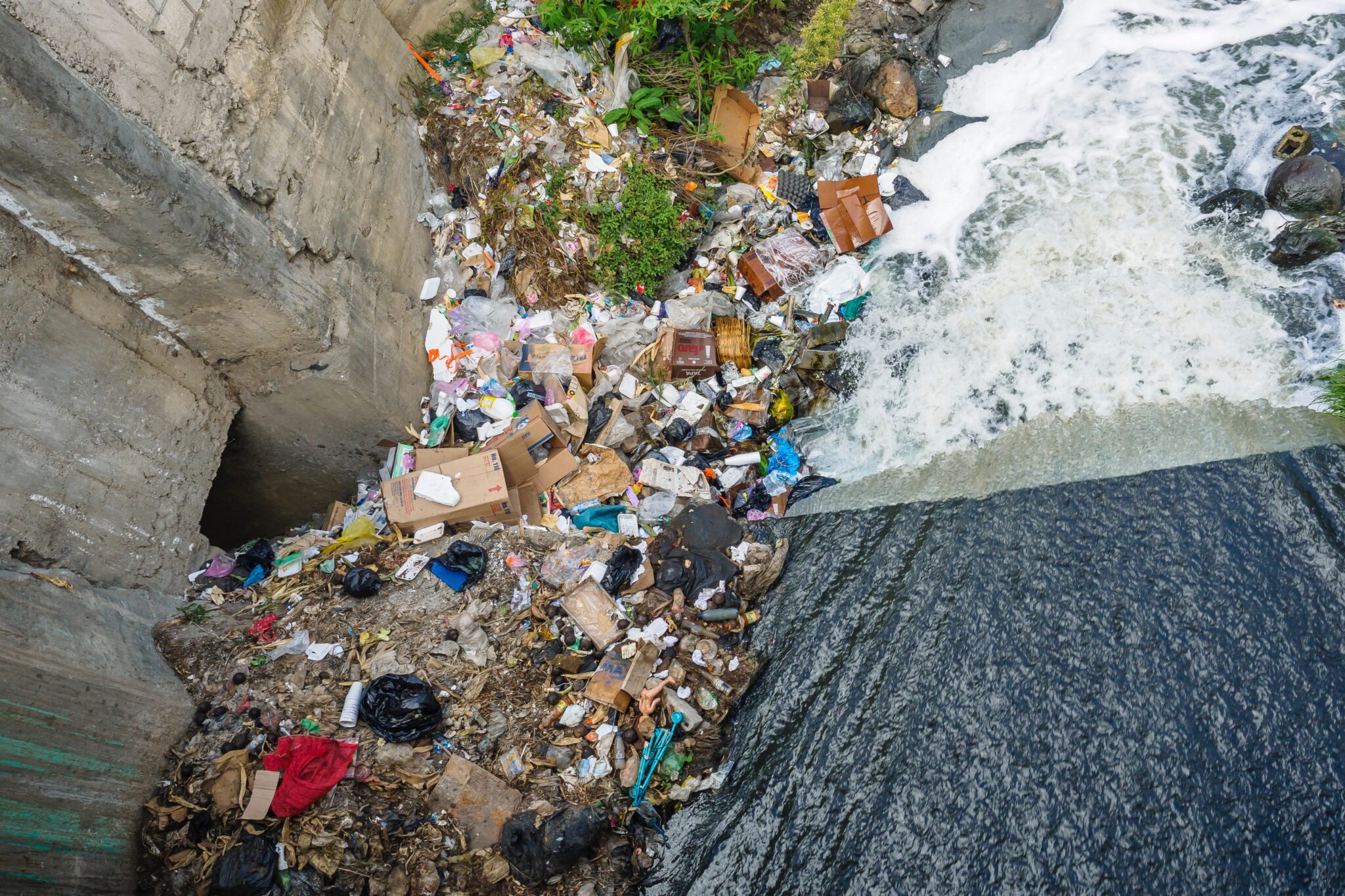
What is an NPDES Permit?
When the Clean Water Act was introduced in 1972, the NPDES permit was officially created. The Clean Water Act doesn’t allow anyone to discharge pollutants via a point source into United States water without having an NPDES permit. This permit is outfitted with limitations on the amount of pollutants that can be discharged as well as specific reporting and monitoring requirements.
Additional provisions are included to make sure that the discharge of pollutants doesn’t worsen the quality of water or public health. The permit effectively translates the Clean Water Act requirements into provisions that are customized to the specific operations of each business or entity that’s discharging pollutants.
Business Requirements
There are nine types of businesses and facilities that must obtain NPDES permits before discharging pollutants into U.S. water. These facilities include:
- Recycling facilities
- Feedlots of a certain size
- Oil, gas, and mining facilities
- Manufacturing facilities
- Land application sites, landfills, and open dumps
- Hazardous waste storage, treatment, or disposal facilities
- Transportation facilities
- Steam electric power generation facilities
- Wastewater or sewage treatment facilities
Any business that is applying for a standard business license and has stormwater discharges from a regulated industrial activity will need to receive IGP coverage before providing their county or city with one of the following:
- No Exposure Certification coverage
- Notice of Intent coverage
- Certified Notice of Non-applicability
In the event that the city doesn’t provide business licenses, your company will need to become enrolled in the IGP program. Make sure that you contact the Water Board to determine what your exact permitting obligations are.

City and County Requirements
The Clean Water Act requires counties and cities to validate that a licensed business has obtained the NPDES permit for industrial discharges. The applicant will need to:
- Provide the locations and names of all businesses
- Provide at least one permit with an identification number that’s been issued by the California Water Board
- Provide all SIC codes that relate to their business
Point Sources
While the Clean Water Act defines what point sources are, their definition is broad and has been litigated for more than 25 years. Point source refers to a confined, discrete, and discernible conveyance, which can be a channel, conduit, pipe, ditch, discrete fissure, container, or tunnel. Point sources can also be vessels or some other type of floating craft that can be the source of discharged pollutants.
Water of the United States
United States water refers to:
- Navigable waters
- Interstate waters
- Tributaries that lead to navigable waters
- Oceans out to around 200 miles
- Intrastate waters
If these sources of water are used as a source of shellfish or fish sold through interstate commercial, for industrial purposes, or for recreation purposes, the water would be considered U.S. water.
Pollutants
The Clean Water Act covers all pollutants that are discharged into water from municipal, agricultural, and industrial waste. Examples of these pollutants include:
- Solid waste
- Dredged soil
- Radioactive materials
- Biological materials
- Sewage sludge
- Chemical wastes
- Munitions
- Garbage
- Sewage
- Incinerator residue
- Heat
- Rock
- Cellar dirt
- Sand
- Agricultural waste
- Municipal waste
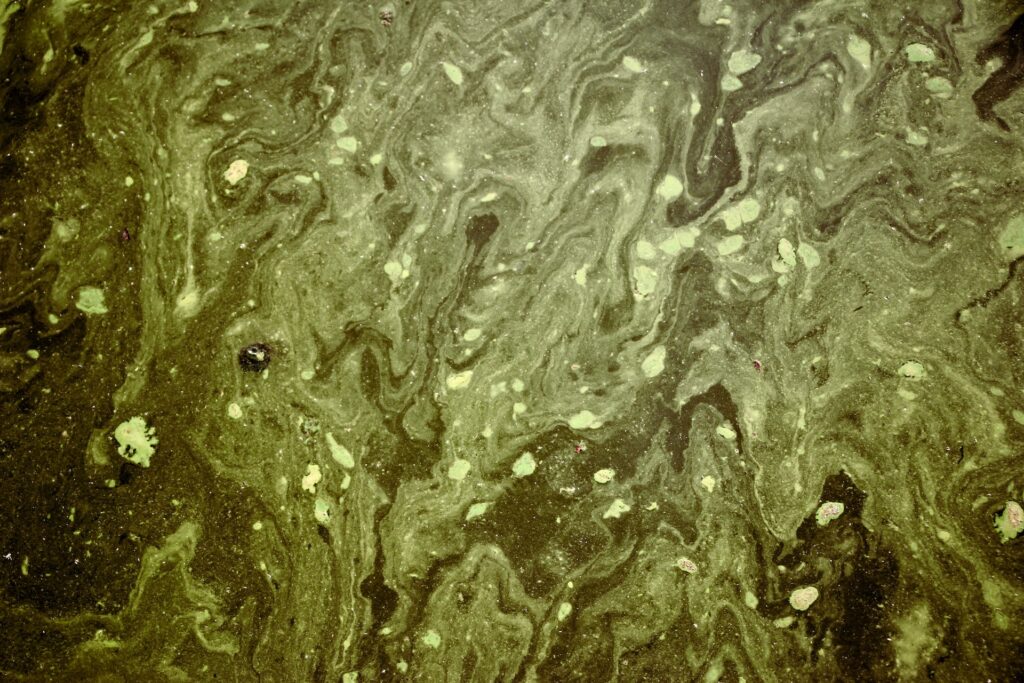
General NPDES Permit FAQ
Most of the questions regarding NPDES permits go unanswered. The following section should clear some things up.
Do I Need an NPDES Permit?
Your need for an NPDES permit depends on where you send the pollutants created by your facility. If these pollutants are sent into a point source that leads to United States water, an NPDES permit is required. On the other hand, discharging pollutants into municipal sanitary sewer systems can be done without applying for a permit. While an NPDES permit isn’t usually required for municipal sewers, you should first contact your local NPDES permitting authority to make sure.
Where Do I Apply for a NPDES Permit?
These permits are issued directly by states with EPA approval to do so. California is one of these states.
How Do NPDES Permits Protect Water?
NPDES permits typically specify the acceptable levels for a certain pollutant in industrial discharges. There are times, however, when you’ll receive generic details about “best management practices” for pollutant discharges. For instance, the permit might include a recommendation to install a screen over the point source to make sure that larger debris is kept out of the main waterway that it leads to. The state’s mandatory clean water standards and federal minimum standards must always be maintained.
Who Issues Permits in My State?
NPDES permits are provided by the EPA or an authorized state. The EPA only acts as the permitting authority in New Mexico, Massachusetts, and New Hampshire. In California, these permits are issued by the State Water Resources Control Board.
Can the General Public Participate in NPDES Permitting Decisions?
NPDES administrative procedures call for the public to be notified and given the opportunity to make comments and suggestions about NPDES permit applications. The EPA expects any states that issue these permits to follow the same procedures.
How are the Conditions in NPDES Permits Enforced by EPA and the States?
These are several techniques that can be used to monitor the permit conditions set forth by NPDES permitting authorities. These permits usually require the facility to test and sample all of its discharges. The results will then need to be sent to the state’s regulatory agency. This permit also requires the facility in question to tell the regulatory authority when measurements indicate that the facility isn’t in compliance with elements of the permit.
From time to time, the California regulatory agencies will send professional inspectors over to your company to identify if you’re in compliance with all of the conditions that are being imposed by the permit. Keep in mind that federal laws and statutes give the authorized state regulatory agency the ability to use certain methods to enforce penalties and fines against businesses that violate the permit requirements.
For instance, administrative orders might be issued that require the violating facility to correct the problem before paying high monetary penalties. These laws also give state agencies the authority to go forward with criminal and civil actions that could extend to mandatory injunctions or jail sentences for anyone who is willfully violating the permitting requirements. These penalties can be severe because the EPA believes that companies that don’t adhere to regulations are endangering the overall health and welfare of the environment or public.
It’s also important that the general public be able to enforce permitting conditions. All facility monitoring reports are made available to the public for review. In the event that a member of the public identifies a violation of the facility’s NPDES permit, the individual can start an independent legal action if the state regulatory agency hasn’t already done so.
What Is the NPDES Permit Backlog?
The Clean Water Act has specified that an NPDES permit can only last for a period of five years or less. If a company wants to maintain their NPDES permit, they will need to send a permit renewal application 180 days before their permit expires. In the event that a complete application is received by the permitting authority but the permit isn’t reissued before the expiration date, it’s possible for the permit to be administratively continued.
These permits can become backlogged when they are administratively continued for a period of at least 180 days. A new permit application is considered to be backlogged if it’s not denied or approved within one year after the application has been sent in.
Most industrial facilities in California will need to apply for and obtain an NPDES permit before they can legally send pollutants and waste discharges into U.S. waters. Once you have this permit in hand, you’ll need to regularly measure your facility’s discharges to make sure that pollutant concentrations are below the limits.

Jason Somers, President & Founder of Crest Real Estate
With over 15 years of professional experience in the Los Angeles luxury real estate market, Jason Somers has the background, judgement and track record to provide an unparalleled level of real estate services. His widespread knowledge helps clients identify and acquire income producing properties and value-ad development opportunities.
Learn more about Jason Somers or contact us.

